Does It Matter What PCIe Slot I Use For GPU – Complete Guide – 2024!
Have you ever wondered if it matters which PCIe slot you use for your GPU? You’re not alone! Many PC builders and gamers ponder this question, especially when they’re trying to squeeze every bit of performance out of their systems.
“Yes, it does matter which PCIe slot you use for your GPU. Generally, it’s best to install your GPU in the top PCIe x16 slot, as it usually offers the highest performance and bandwidth. Using a different slot may reduce the GPU’s performance or affect overall system stability. Always refer to your motherboard’s manual for the recommended slot for optimal results”
Wondering if the PCIe slot you use for your GPU matters? Discover how choosing the right slot can impact your system’s performance and stability. Make sure you’re optimizing your setup for the best results!
Understanding PCIe Slots
What is PCIe?
PCIe (Peripheral Component Interconnect Express) is a high-speed interface standard designed to replace older standards like PCI, PCI-X, and AGP. It’s used to connect various hardware components, such as GPUs, SSDs, and network cards, to the motherboard.
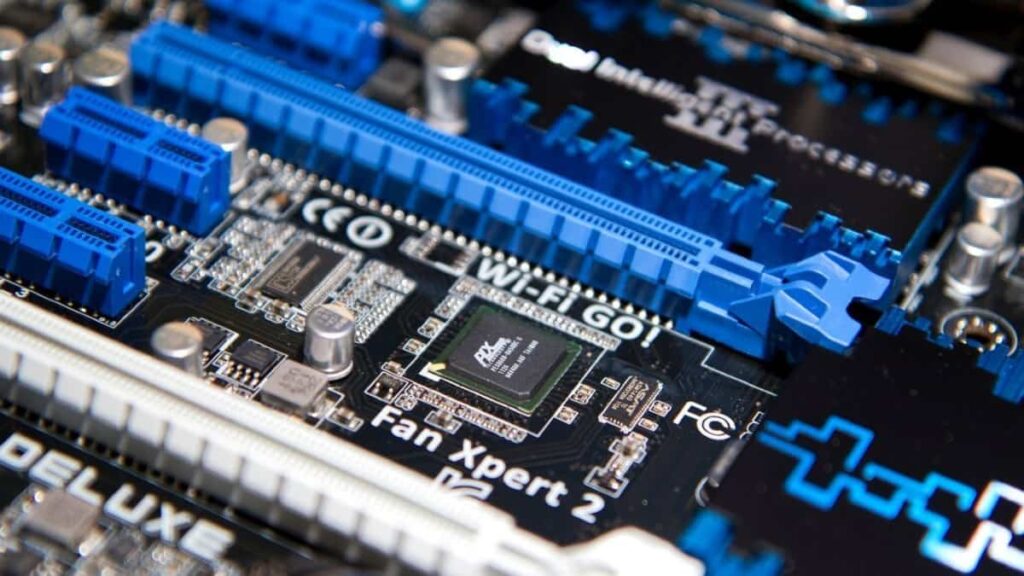
Different Generations of PCIe
PCIe has evolved, with each generation offering increased bandwidth. The most common generations are PCIe 3.0, 4.0, and the latest 5.0. Each new generation doubles the bandwidth of the previous one, significantly impacting the performance of connected devices.
Types of Graphic Card Slots!
The main types of graphic card slots are:
- PCIe (Peripheral Component Interconnect Express)
- PCIe x16: The most common and current standard for modern graphics cards, offering the highest bandwidth for optimal performance.
- AGP (Accelerated Graphics Port)
- An older standard used primarily before the advent of PCIe, is now largely obsolete.
- PCI (Peripheral Component Interconnect)
- An even older standard than AGP, used for early graphics cards and other peripherals, is now also obsolete.
- ISA (Industry Standard Architecture)
- One of the earliest types of slots for expansion cards, including graphics cards, is now completely obsolete and no longer used in modern systems.
Types of PCIe Slots on Motherboards
Motherboards come with several types of PCIe slots, each varying in length and number of lanes.
PCIe x16
The PCIe x16 slot is the longest and has 16 lanes, providing the maximum bandwidth. It’s typically used for GPUs due to the high data transfer rate required for graphics rendering.
PCIe x8
A PCIe x8 slot has 8 lanes and offers half the bandwidth of an x16 slot. While it can be used for GPUs, it’s generally reserved for other high-performance peripherals like RAID controllers.
PCIe x4
With 4 lanes, the PCIe x4 slot offers a quarter of the bandwidth of an x16 slot. It’s suitable for NVMe SSDs and other moderate bandwidth devices.
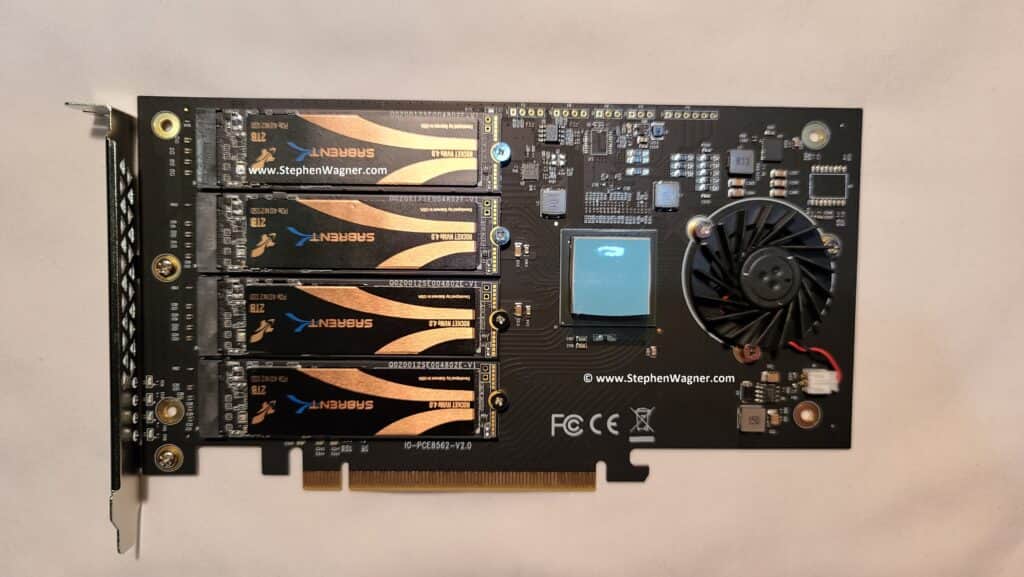
PCIe x1
The smallest slot, PCIe x1, has a single lane and is used for low-bandwidth devices like sound cards or Wi-Fi adapters.
Why Slot Choice Matters
Bandwidth Considerations
The number of lanes in a PCIe slot directly affects the bandwidth available to the GPU. More lanes mean higher data transfer rates, which is crucial for performance.
Performance Impact
Using a lower-bandwidth slot (like x8 or x4) for your GPU can bottleneck its performance, leading to lower frame rates and slower processing speeds.
Optimal PCIe Slot for GPUs
Primary Slot Preference
Most motherboards designate the topmost PCIe x16 slot as the primary slot for GPUs. This slot is directly wired to the CPU, providing the best performance.
Motherboard Manual Recommendations
Always consult your motherboard manual. Manufacturers often specify the best slots for GPU placement to ensure optimal performance and compatibility.
Compatibility Issues
Physical Size and Fit
Not all PCIe slots are created equal in terms of physical dimensions. Ensure your GPU fits in the chosen slot without obstructing other components.
BIOS and Firmware Considerations
Some motherboards may require BIOS or firmware updates to support certain GPUs in specific slots. Check for any necessary updates before installation.
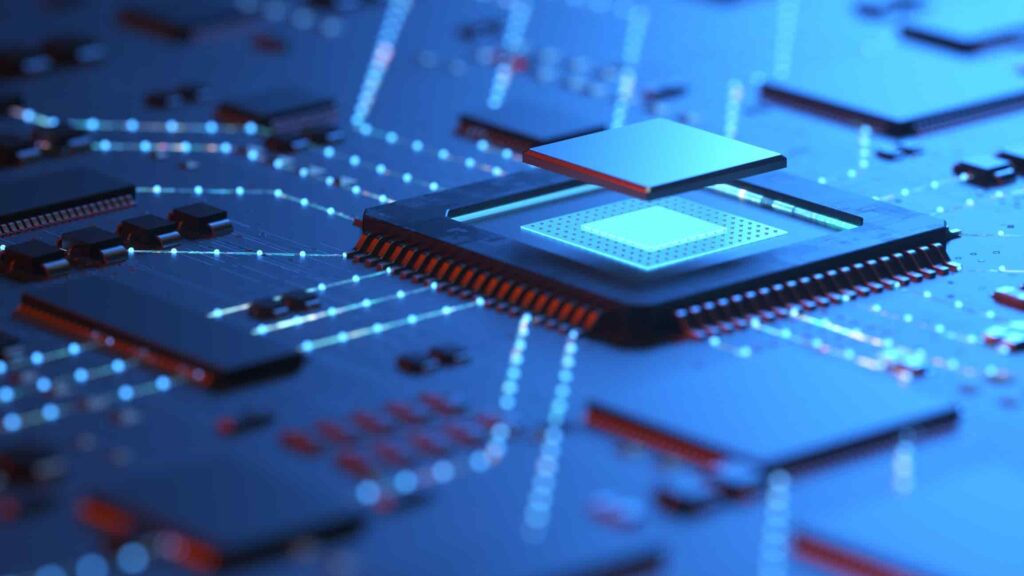
Impact on Performance
Real-World Performance Differences
While benchmarks can show significant differences, real-world performance impact varies. For most users, the difference between x16 and x8 might be negligible, but for high-end gaming or professional workloads, it can be noticeable.
Benchmark Comparisons
Numerous benchmarks reveal that using a PCIe x16 slot can provide up to 10-15% better performance compared to an x8 slot, especially in demanding scenarios.
Multi-GPU Setups
SLI and CrossFire Configurations
When using multiple GPUs, SLI (NVIDIA) and CrossFire (AMD) configurations come into play. Proper slot selection ensures both GPUs operate efficiently.
Slot Placement for Multi-GPU
For dual GPU setups, use the primary and secondary x16 slots as recommended by the motherboard manual to ensure balanced bandwidth distribution.
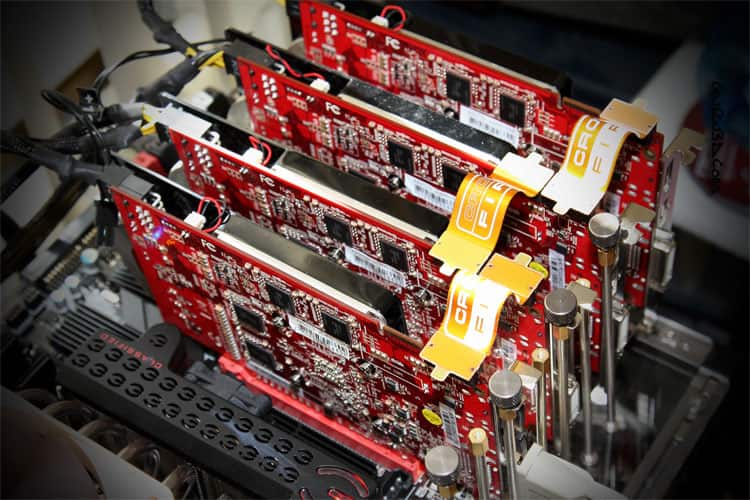
Potential Problems with Incorrect Slot Usage
Reduced Performance
Using an incorrect slot can throttle your GPU, leading to reduced performance and a subpar gaming or working experience.
Stability Issues
Incompatible slot usage can cause system instability, crashes, and other erratic behaviors, affecting your overall PC reliability.
What is PCIe?
PCIe (Peripheral Component Interconnect Express) is a high-speed interface standard used to connect hardware components like graphics cards, SSDs, and network cards to a computer’s motherboard, offering high bandwidth and scalability.
PCIe, or Peripheral Component Interconnect Express, is a standard way of connecting high-speed components to your computer. It’s like a fast lane for data, allowing your graphics card, SSD, and other hardware to quickly communicate with the motherboard. This makes your computer run faster and more efficiently.
What are the different types of PCIe slots?
PCIe slots are used to connect devices like graphics cards and SSDs to your computer. There are different types based on size and speed: x1, x4, x8, and x16. The numbers (1, 4, 8, 16) show how many lanes they have, which affects data transfer speed. Larger slots, like x16, are faster and used for powerful devices like graphics cards. Smaller slots, like x1, are for things that don’t need as much speed, like network cards.
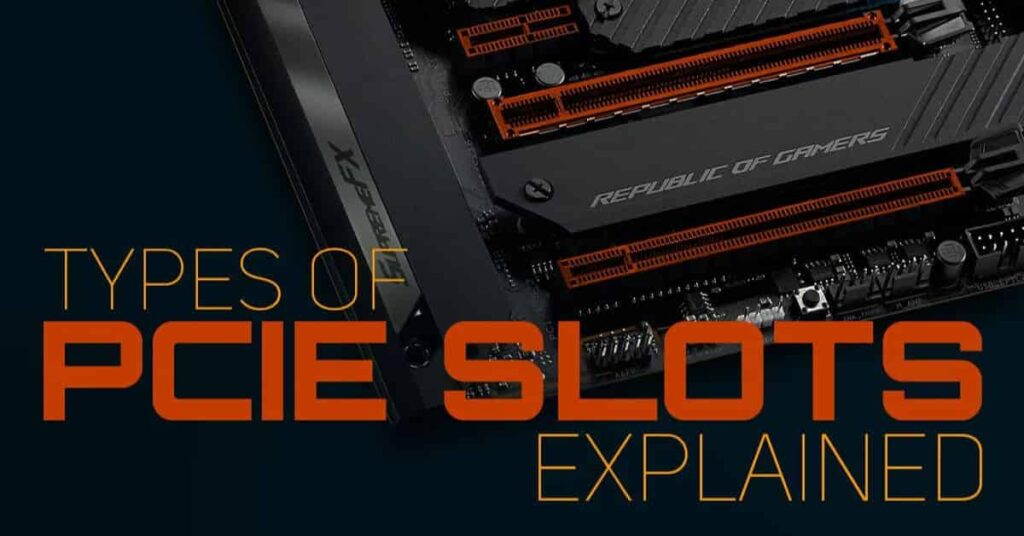
The different types of PCIe slots are:
- PCIe x1: A single lane slot used for low-bandwidth devices like sound cards and Wi-Fi adapters.
- PCIe x4: A four-lane slot suitable for moderate bandwidth devices such as NVMe SSDs.
- PCIe x8: An eight-lane slot often used for high-performance peripherals like RAID controllers.
- PCIe x16: A sixteen-lane slot primarily used for graphics cards (GPUs) due to its maximum bandwidth capability.
What is a PCIe card?
A PCIe card is a hardware component you can add to your computer to enhance its capabilities. It connects to the PCIe slot on your computer’s motherboard. Common types of PCIe cards include graphics cards, sound cards, and network cards, which improve video quality, sound, and internet connection, respectively.
A PCIe card is an expansion card that plugs into a PCIe (Peripheral Component Interconnect Express) slot on a computer’s motherboard. It is used to add functionality to a computer, such as graphics processing (GPU), network connectivity, or additional storage (SSD). These cards utilize the high-speed data transfer capabilities of PCIe to enhance the performance and capabilities of the system.
What is a PCIe lane?
A PCIe lane is a single data channel within the PCIe interface, consisting of two pairs of wires: one pair for sending data and one pair for receiving data. Lanes are used in combination (e.g., x1, x4, x8, x16) to provide the necessary bandwidth for connected devices, with more lanes offering higher data transfer rates.
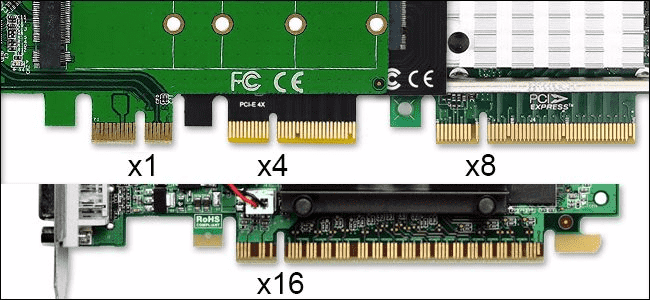
A PCIe lane is like a road for data in your computer. It allows your computer parts, like the graphics card or SSD, to talk to the motherboard. More lanes mean more data can be sent at once, making your computer faster and more efficient.
What is the that is a graphics card slot called?
A graphics card slot is called a PCI Express slot, or PCIe slot for short. This is where you plug in your graphics card on the motherboard of your computer. It helps your computer display images and videos better. Most modern computers use PCIe slots for graphics cards.
Can you install a video card into a PCI slot?
Yes, you can install a video card into a PCI slot on your computer. To do this, first, turn off your computer and unplug it. Open the computer case, find the PCI slot, and carefully insert the video card. Make sure it’s secure, then close the case and turn the computer back on. Install any necessary drivers for the video card to work properly.
Does a graphics card have to go in the first PCIE slot?
No, a graphics card does not have to go in the first PCIe slot, but it’s usually best. The first slot is often the fastest, giving the best performance. However, if you need to use another slot, your graphics card will still work, just possibly a bit slower.
Can a graphics card run on a PCIe without an express slot?
No, a graphics card cannot run on a PCIe slot without an express slot. The express slot is necessary for connecting the graphics card to the motherboard. Without this connection, the graphics card cannot function, as it needs the slot to communicate with the rest of the computer.
Does it Matter Which PCI-E SLOT you Use?
Yes, it can matter which PCI-E slot you use. The main PCI-E slot, usually the top one, often gives better performance for your graphics card or other components. Using other slots might affect the speed or efficiency of your hardware. It’s best to check your motherboard’s manual for the recommended slot.
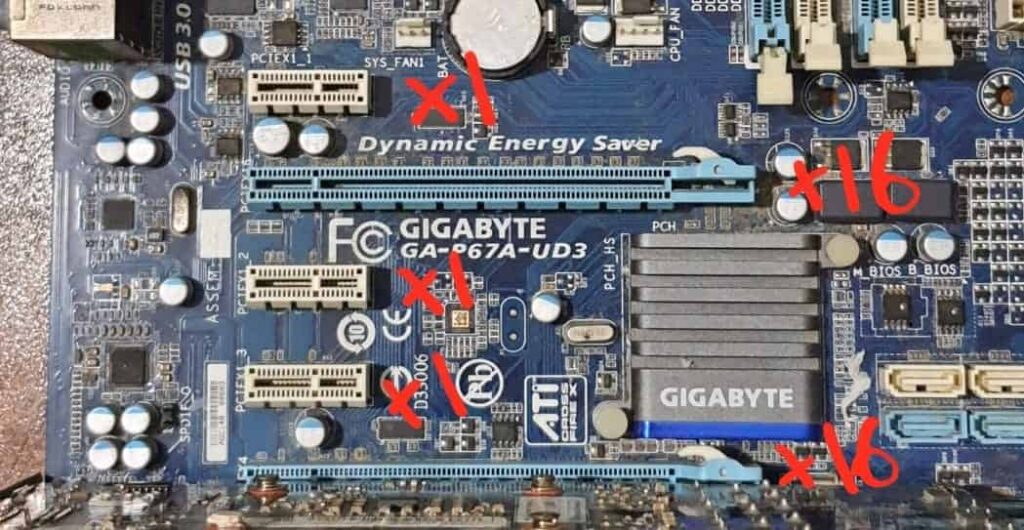
Does it matter which PCIE slot I put my GPU in?
Yes, it matters which PCIe slot you use for your GPU. Most modern GPUs work best in the top PCIe slot because it often gives the best performance and speed. Other slots may work too, but the top slot is usually the best for high performance.
Will my graphics card work in all PCIe slots?
Your graphics card should work in most PCIe slots, but it needs to fit the slot size and be compatible with your motherboard. If the slot is the correct type and size, your card should function properly. Always check your motherboard’s manual to make sure of compatibility before installing.
Does it matter which PCIe slot I use for GPU?
Yes, it matters which PCIe slot you use for your GPU. The top slot, usually the one closest to the CPU, is often the best choice. This slot generally gives the best performance and fastest speed for your graphics card. Using other slots might reduce the GPU’s performance, so it’s best to use the top slot if possible.
Does it matter which PCIe slot I use for WiFi card?
Yes, it matters which PCIe slot you use for your WiFi card. Generally, you should place it in the top PCIe slot if you have multiple slots. This slot often provides the best performance and bandwidth for your WiFi card. Make sure to check your motherboard’s manual for the best slot recommendation to ensure optimal performance and avoid potential conflicts with other components.
GPU Only Works In the Second Slot?
If your GPU (Graphics Processing Unit) only works in the second slot on your motherboard, it might be due to a few reasons. The first slot could be damaged or not working properly. It could also be that your motherboard prefers the second slot for better performance.
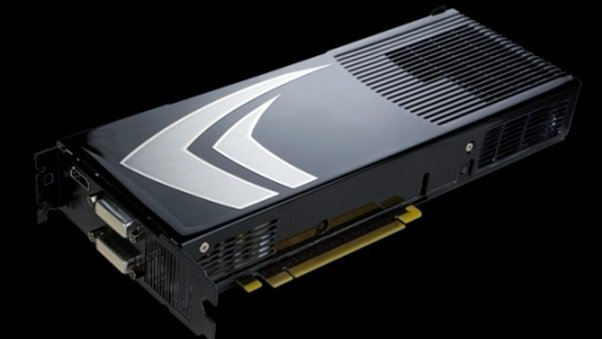
Check the motherboard manual to see if there are any specific requirements or settings for GPU placement. If the problem continues, you might want to consult a technician to make sure everything is working correctly.
Do PCIe slot orders matter?
Yes, PCIe slot orders do matter. The order of the PCIe slots can affect your computer’s performance. For example, putting your graphics card in the top slot might give it more bandwidth, which helps with better graphics performance. It’s important to follow the motherboard’s manual to make sure you get the best performance and avoid any issues.
Which PCI slot is best for a graphics card?
The best PCI slot for a graphics card is usually the PCIe x16 slot. This slot offers the most bandwidth and speed, which helps the graphics card perform better. It’s typically the longest slot on the motherboard and is often located closest to the CPU.
What computer parts are compatible with PCI slots?
PCI slots in a computer are used to add different parts or cards. Common parts that fit into PCI slots include graphics cards (for better visuals), sound cards (for better audio), and network cards (for internet connections). Always check your computer’s manual to ensure the part you choose is compatible.
Can I install a PCI card in a PCIe slot?
No, you cannot install a PCI card in a PCIe slot. PCI (Peripheral Component Interconnect) and PCIe (PCI Express) are different types of slots with different shapes and designs. PCIe slots are newer and faster, while PCI slots are older. They are not compatible with each other, so you need to use the correct slot for each type of card.
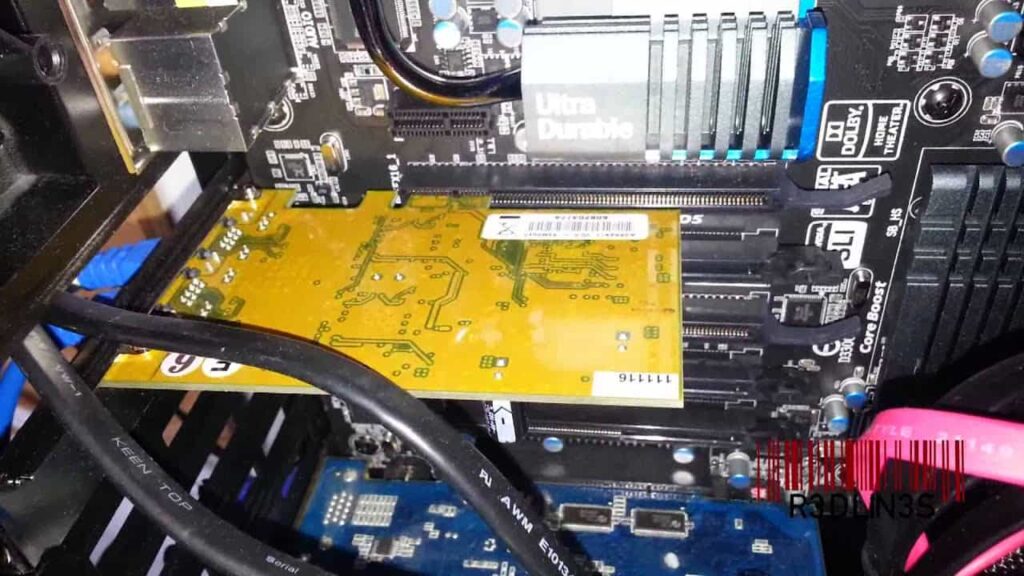
Does a Graphics Card Have to Go in the First PCI-E Slot?
No, a graphics card does not have to go in the first PCI-E slot. It can be placed in any available PCI-E slot on your motherboard. However, putting it in the first slot is often recommended because it usually offers the best performance and is designed for high-speed use. Make sure to check your motherboard’s manual for the best slot to use for your specific setup.
Which PCIe slot to put GPU?
To get the best performance from your GPU (graphics card), you should put it in the top PCIe slot on your motherboard. This slot is usually the longest one and is closest to the CPU (central processing unit). It’s designed to give the GPU the fastest data transfer speeds. Make sure to check your motherboard’s manual, as some systems have different setups.
Does it matter which PCIe cable I use for GPU?
No, it doesn’t matter which PCIe cable is used in which position on the GPU, as long as the cables are the correct type and provide adequate power. The important factors are using the proper number of cables and ensuring they match the GPU’s power requirements. Always use cables that are recommended by the power supply manufacturer to avoid issues like overheating or instability.
Can I use PCIe 4.0 GPU in 3.0 slot?
Yes, you can use a PCIe 4.0 GPU in a PCIe 3.0 slot. PCIe 4.0 GPUs are designed to be backwards compatible with PCIe 3.0 slots. However, the GPU will run at PCIe 3.0 speeds, which are slower than PCIe 4.0 speeds.
Can you put a GPU into the second PCIe x16 slot of a motherboard?
Yes, you can put a GPU (graphics card) into the second PCIe x16 slot on a motherboard. Most motherboards have multiple PCIe x16 slots, and they are designed to fit GPUs. Just make sure your motherboard and case have enough space for the card, and check that the slot is correctly installed for best performance.
How to Disable an On-Board Graphics Card in BIOS?
To disable an on-board graphics card in BIOS, first restart your computer and press the key to enter BIOS settings (often `F2`, `DEL`, or `ESC` during startup). Look for a menu called “Advanced,” “Chipset,” or “Integrated Peripherals.”
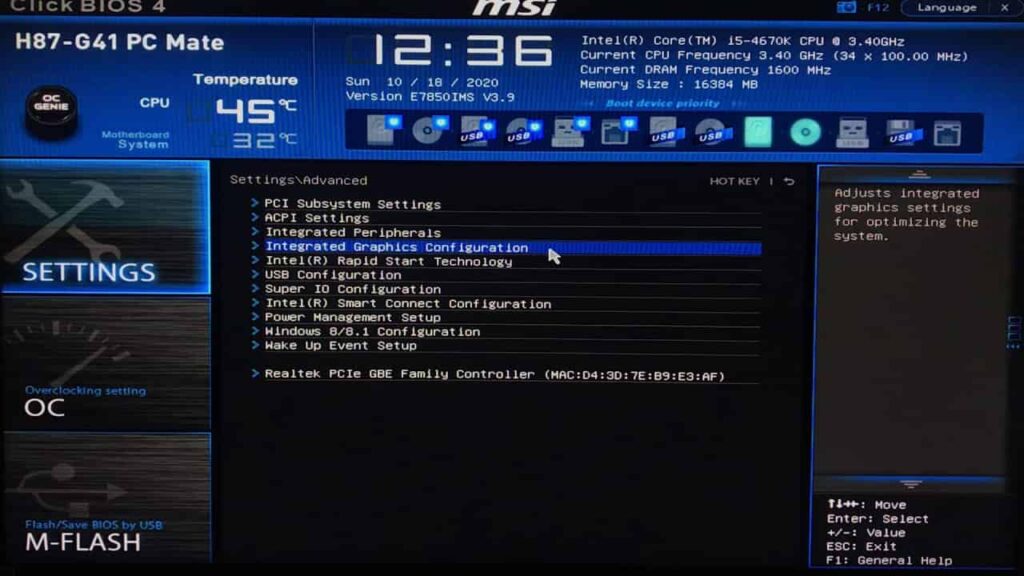
Find the option for “Integrated Graphics,” “Onboard Graphics,” or something similar. Change its setting to “Disabled.” Save your changes and exit BIOS. Your computer will restart, and the on-board graphics card will be turned off. If you are using a dedicated graphics card, it will take over display functions.
Do You Need Two Video Cards for a Dual Monitor Setup?
No, you don’t always need two video cards for a dual monitor setup. Many modern video cards can support two monitors at once. Just make sure your video card has enough ports and that it’s compatible with your monitors. If you want more power or features, then adding a second card might help, but it’s not usually necessary.
How to Determine Graphics Card Compatibility With a Motherboard??
To check if a graphics card works with your motherboard, first, find out what type of slot the graphics card uses, like PCIe. Then, make sure your motherboard has the same type of slot. Also, check if your power supply can give enough power to the graphics card.
FAQS:
Can I use a PCIe x8 slot for my GPU?
Yes, you can use a PCIe x8 slot for your GPU, but it may not provide as much bandwidth as a PCIe x16 slot. For most modern GPUs, the performance difference between x8 and x16 slots is minimal, but for high-end GPUs and demanding applications, using the x16 slot is generally recommended to ensure optimal performance.
How do I know if my GPU is in the correct slot?
Refer to your motherboard manual and use tools like GPU-Z to check slot usage and bandwidth.
Do all motherboards support GPUs in any PCIe slot?
Not all. Some motherboards have specific slots designated for GPUs to ensure optimal performance.
Will future GPUs require different PCIe slots?
Future GPUs may benefit from PCIe 5.0 slots due to increased bandwidth, but they will remain compatible with current PCIe standards.
Conclusion:
At the end of the conclusion,
Yes, the PCIe slot you choose for your GPU does matter. Typically, the top PCIe x16 slot is the best option since it usually provides the highest performance and bandwidth.

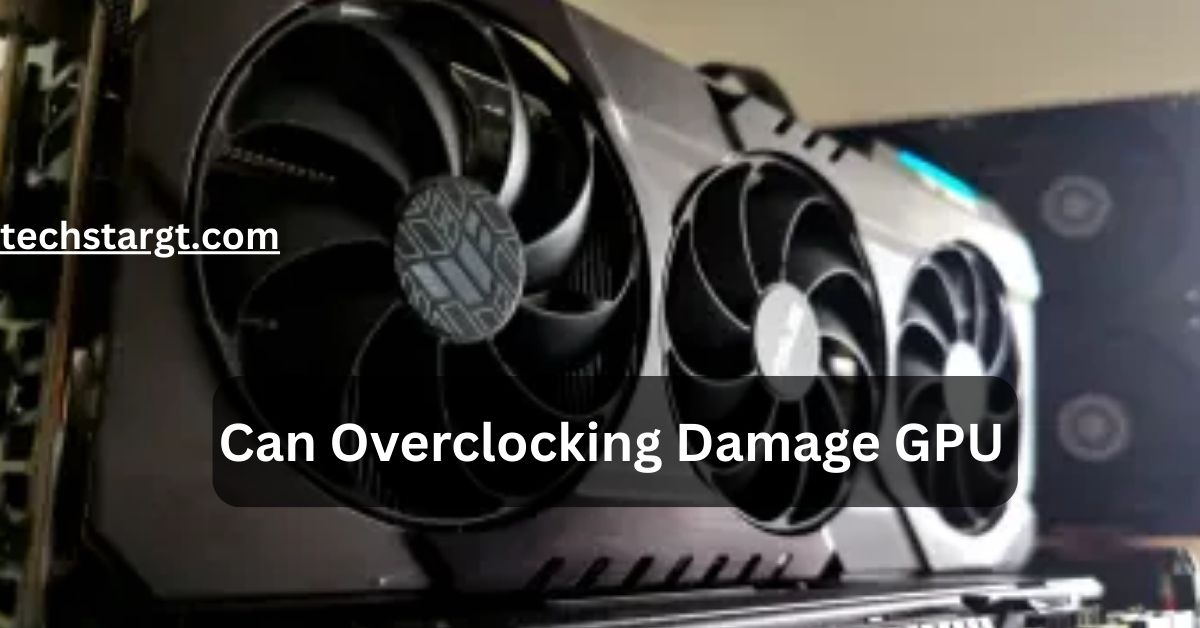
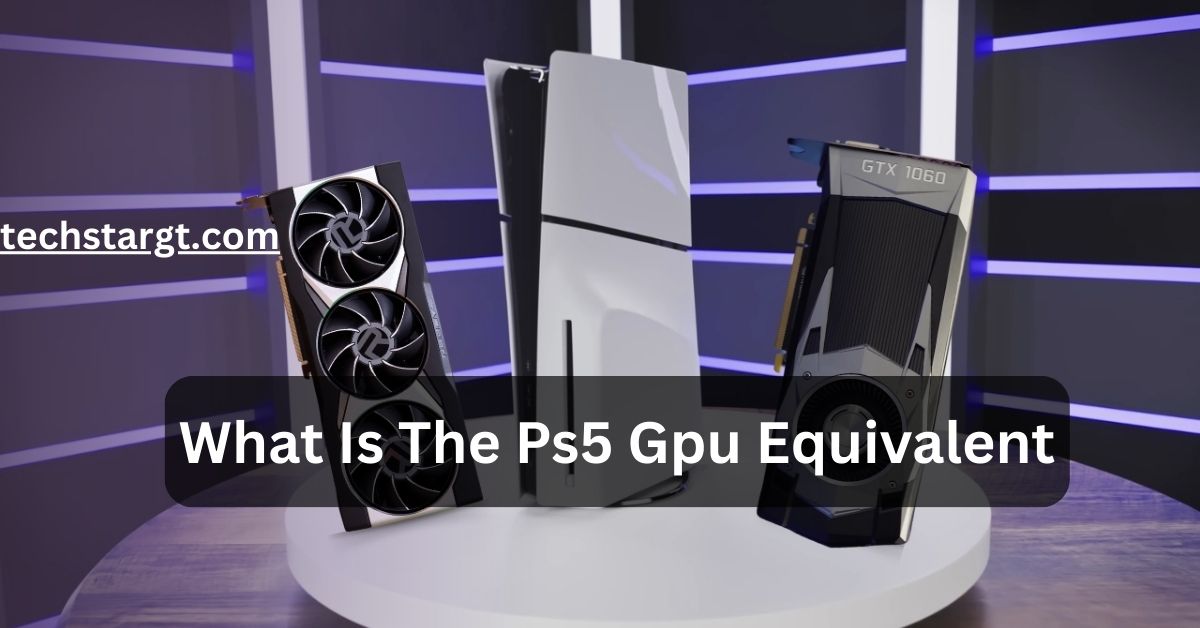
4 comments